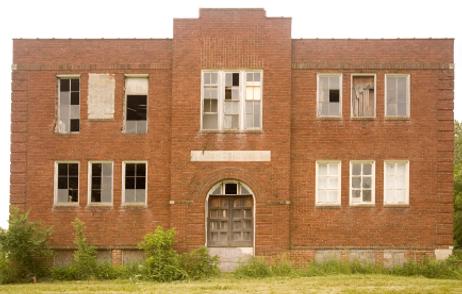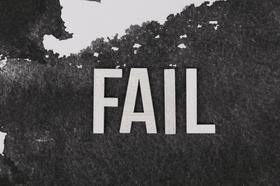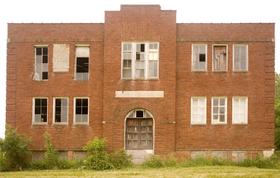Chicago Public Schools is planning to close as many as 100 of its schools, citing poor attendance, as well as poor academic performance, as the reason for the closures. However, in the midst of massive closures, the city is also advertising the opening of new schools – different types of schools that promise to meet the need of Chicago’s youth and improve academic performance in the Windy City. Does Chicago need new schools or are there more schools than students right now? The answer to that question may depend on who you ask.
Concern over Low Capacities
According to the Chicago Business Journal, Chicago Public Schools has plans to close the schools that do not have enough students to warrant keeping them open. Schools slated for closure are currently operating at enrollment limits of less than 50 percent, according to district officials. At the current rate, the district is paying more on utilities and resources than they are receiving in tax revenues, based on their current student count. District officials tell WBEZ that money saved by consolidation could be better spent on upgrading current school buildings.
However, in the midst of school closures, the district also has plans to open as many as 60 charter schools over the next five years. In fact, 11 of those new contract and charter schools would open as early as the beginning of the 2013 school year. The addition of the proposed new schools, in addition to the approximate 40 public schools slated to open during the same time frame, would increase the number of privately-run schools in the state from 14 percent of the total number of schools to 27 percent.
The school district has stated that the plan is to close schools in districts where there is not enough students to fill all the schools, while opening new schools in the areas suffering from overcrowding. However, concerns continue to grow over the privatization of schools in Chicago, as the percentage of privately-owned schools continues to increase and public schools face their inevitable demise in some areas.
Quality vs. Quantity
As the fight for Chicago students continues, the question over quantity vs. quality continues to surface. While some are questioning the addition of so many privately-owned schools, others are asserting that quality must be a consideration when determining the best ways to meet the needs of Chicago’s students. Those making those assertions believe that additional school options may be necessary to achieve those goals.
“We also need to be strategic and ensure that we are doing everything we can to immediately expand access to high quality school options for parents in every community,” district spokesperson Becky Carroll told WBEZ.
Phyllis Lockett, who oversees New Schools for Chicago, agrees with Carroll’s assessment. Lockett told WBEZ that quality has to be considered at the same time budget concerns are addressed. Lockett’s organization has raised more than $10 million to help the Chicago school district open new charter schools over the past decade. However, schools opened by New Schools for Chicago have seen mixed success during their relatively brief history in the city.
Are Closures Racially Biased?
Another problem with the school closure plan is that the majority of schools slated for closure are in Latino and African-American neighborhoods, according to an op-ed piece at the Huffington Post. By closing the schools and firing the staff, the writer asserts that Chicago Public Schools is losing many of its effective teachers of color. Those teachers may be replaced in the newly-opened schools by young, white teachers that have difficulty relating to the students they are assigned to teach. This move may be removing some of the best role models that students in these Chicago schools may ever have.
It should be noted that this piece was an editorial that only reflected the opinions of the writer. However, other problems arise when schools in communities are closed, especially when those schools are located in primarily low-income (and often minority) neighborhoods. Schools in those areas become an integral part of the community, with influence that extends far beyond the regular school day. Those buildings may be used to house community events after school hours, or provide a safe place for students to visit long after graduation. When those schools are removed from the picture, many residents of the community could feel the void.
Teachers Union Fights Closures
Community members are not the only ones protesting the decision by Chicago Public Schools to close dozens of schools over the next five years. Crain’s Chicago Business reports that the Chicago Teachers Union is also attacking the idea, accusing the district of “educational apartheid.” Although the Noble Network of charter schools, which was the focus of the union’s attacks, stated the union made many incorrect statements in their attack, the union refuses to back down on their stand.
The union is now staging workshops to educate school leaders on how to engage the community on charter school and other education issues. The union has voiced concern about so many of the charter schools cropping up in Chicago being located in the vicinity of public schools. The union has also called on the district to provide resources to underperforming schools, rather than closing them and letting the charters take over.
As the problems in Chicago schools continue, the fight is far from over. As more public schools end up on the chopping block, questions remain as to whether the addition of more charter schools is really the answer Chicago Public Schools is looking for.















